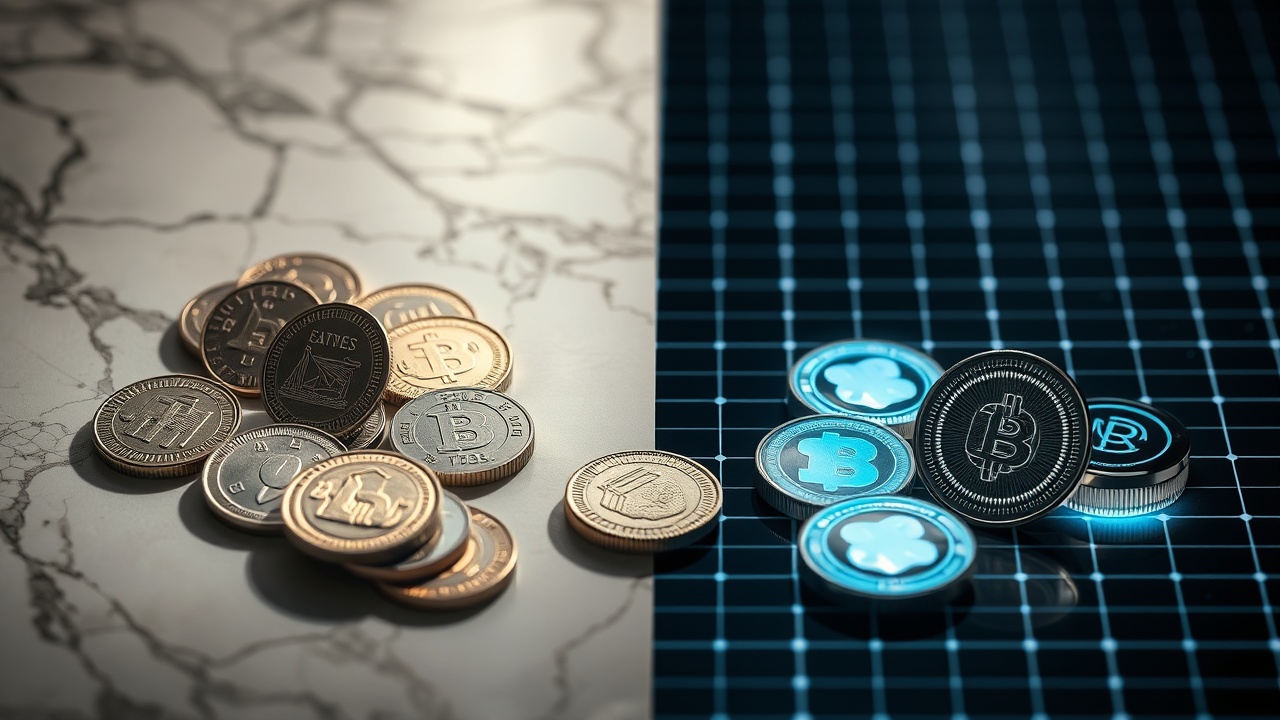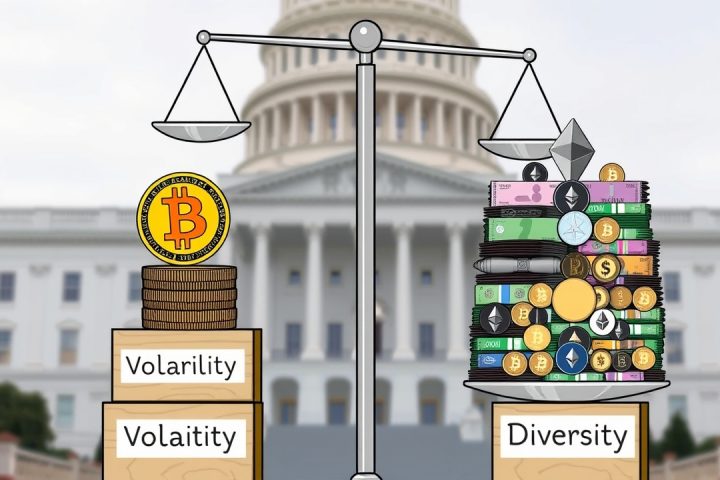Understanding Tokens and Coins in Cryptocurrency
In the ever-evolving landscape of cryptocurrency, the terms “tokens” and “coins” are often used interchangeably, but it is crucial to understand that they represent distinct categories of digital assets. This differentiation is vital for anyone looking to trade, invest, or engage with Web3 technologies more effectively.
Defining Coins
Firstly, let’s clarify what each term signifies. Coins are the foundational assets of the crypto realm; they operate using their own blockchain and can be likened to a country’s native currency. Just as a nation’s money facilitates commerce, coins like Bitcoin, Ethereum, and Litecoin facilitate transactions and function as a store of value. They enable users to:
- Purchase goods
- Stake on their native networks
- Transfer assets directly between digital wallets
Thus, coins serve as the essential mechanism powering the cryptocurrency economy.
Understanding Tokens
On the other hand, tokens represent a more versatile category of digital assets that operate on pre-existing blockchains, such as Ethereum. They can embody a plethora of assets or rights, from governance in decentralized organizations (like DAOs) to ownership of NFTs—digital collectibles that have captured the market’s imagination. In essence, tokens act as the in-game currencies or access passes within different decentralized systems, allowing users to engage with various projects and communities.
Examples and Functions of Tokens
Prominent examples of tokens include Shiba Inu (SHIB), Uniswap (UNI), and Chainlink (LINK). Each token serves a specific purpose in the crypto ecosystem; they might:
- Facilitate decentralized finance applications
- Serve as governance tools for decision-making
- Represent ownership of unique digital artworks
When users engage with tokens, they might be voting on project proposals, earning rewards through staking mechanisms, or proving ownership of digital assets like pixelated avatars. The interaction between tokens and coins creates a balanced ecosystem in which coins support the infrastructure of the blockchain, while tokens unlock diverse opportunities and functionalities within that framework.
Conclusion: The Importance of Distinction
Understanding the clear distinctions between tokens and coins not only enhances your knowledge but also influences how you engage with the cryptocurrency landscape. Recognizing these differences enables you to navigate this digital frontier more efficiently, whether you are exploring DeFi, investing in NFTs, or managing your crypto portfolio.
Lastly, grasping these concepts can empower beginners in the crypto space. Distinguishing between coins and tokens equips you with the confidence to trade, stake, and utilize blockchain applications wisely, ensuring that you’re not merely accumulating digital assets, but actively participating in the burgeoning digital economy.




